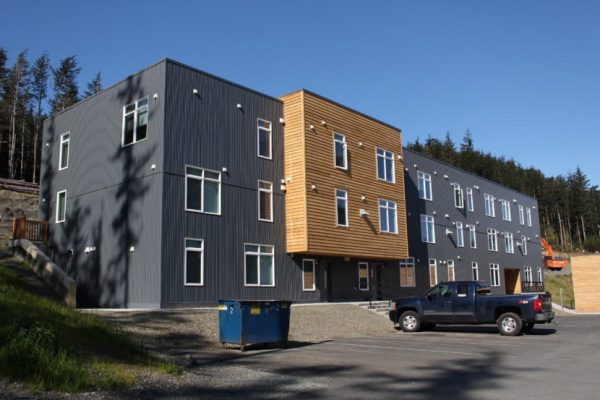
The Centers for Disease Control and Prevention issued a two-month extension on the federal eviction moratorium which expired at the end of July. With some limitations, this means tenants who aren’t able to pay their rent cannot be evicted through Oct. 3.
The new moratorium applies only to areas experiencing “substantial” or “high” levels of COVID-19 transmission.
That’s nearly all of Alaska right now.
Daniel Coons, fair housing project director at Alaska Legal Services, said while the extension is good news, it’s important to recognize the moratorium will still end at some point.
“(The extension) is going to be a real relief for tenants, but people should absolutely keep taking advantage of any rental assistance opportunities that are out there because eventually landlords are gonna have to get paid,” Coons said.
[Sign up for Alaska Public Media’s daily newsletter to get our top stories delivered to your inbox.]
The Alaska Housing Finance Corporation is the primary organization responsible for distributing state and tribal rental relief money, as well as money allocated for the Municipality of Anchorage.
AHFC’s last round of rental assistance applications closed in March, but CEO Bryan Butcher said he expects another round of applications to open in the next month or so. AHFC still has a waitlist to work through, as well.
Butcher said Alaska has been faster at distributing rental assistance than nearly every other state. But he’s encouraging everyone to be patient as funds are sent out.
“We’ve communicated out to the landlords, the court system, and everybody we can that even if they are in a circumstance that the funds haven’t been sent out yet, if they’ve been approved, those funds are imminent,” he said.
Alaskans eligible for the relief money can be granted up to 12 months of rent payments, with the aid money paid directly to their landlords. Eligibility is based on income — renters with incomes no more than 80% of the area median income may qualify.
Since the pandemic started, Butcher said, AHFC has distributed $88 million to over 18,000 Alaskan households.
Kavitha George is Alaska Public Media’s climate change reporter. Reach her at kgeorge@alaskapublic.org. Read more about Kavitha here.




